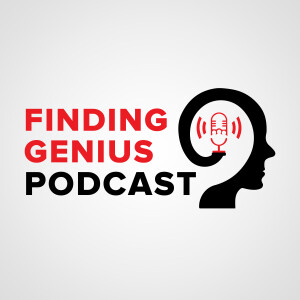
Morphology Biology: How Did Our Cells Learn the Delicate Art of Creating Each of Our Internal Organs?
 2021-02-25
2021-02-25
Timothy Saunders, Associate Professor at the National University of Singapore’s Mechanobiology Institute, shares his insights on the science of morphogenesis developmental biology, the study of tissue formation and organization in plant and animal species.
Listen to learn more about:
- How organs are formed
- The morphological features of plants versus animals
- How organs change during pregnancy
How vital organs develop, particularly in human embryos, is considered a long standing mystery by much of humanity. How do our cells know how to organize and replicate in order to form correctly structured and functional organs? How do they know when to stop replicating and not to continue growing past the ideal size?
Timothy and his team aim to increase the understanding of developmental biology in both the medical community and the general public. Much of the research done in this area has centered around plants and fish, which can repair injury and regrow after amputation. What can be learned from these types of organisms?
What can be gained from the study of human tissue generation in utero? Large-scale, high-resolution imaging technology is enabling the study of precisely how tissues interact during organ formation in humans. This in combination with the use of organoids grown from organ tissue and stem cells could break open the case of how to apply morphogenesis embryology to possible heal damaged organs in the future.
For more information visit https://www.mbi.nus.edu.sg/timothy-saunders/saunders-lab/
Available on Apple Podcasts: apple.co/2Os0myK
More Episodes
Create your
podcast in
minutes
- Full-featured podcast site
- Unlimited storage and bandwidth
- Comprehensive podcast stats
- Distribute to Apple Podcasts, Spotify, and more
- Make money with your podcast
It is Free
- Privacy Policy
- Cookie Policy
- Terms of Use
- Consent Preferences
- Copyright © 2015-2024 Podbean.com






